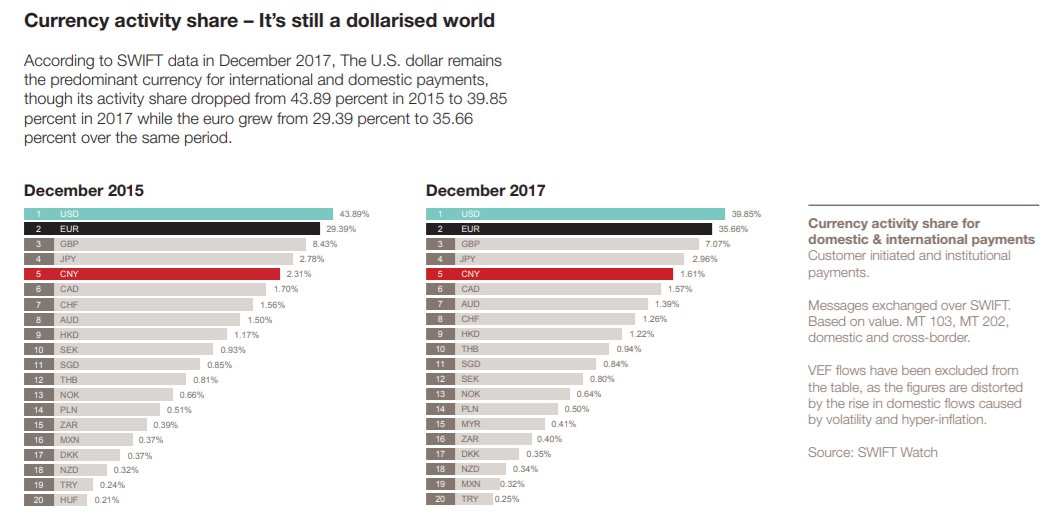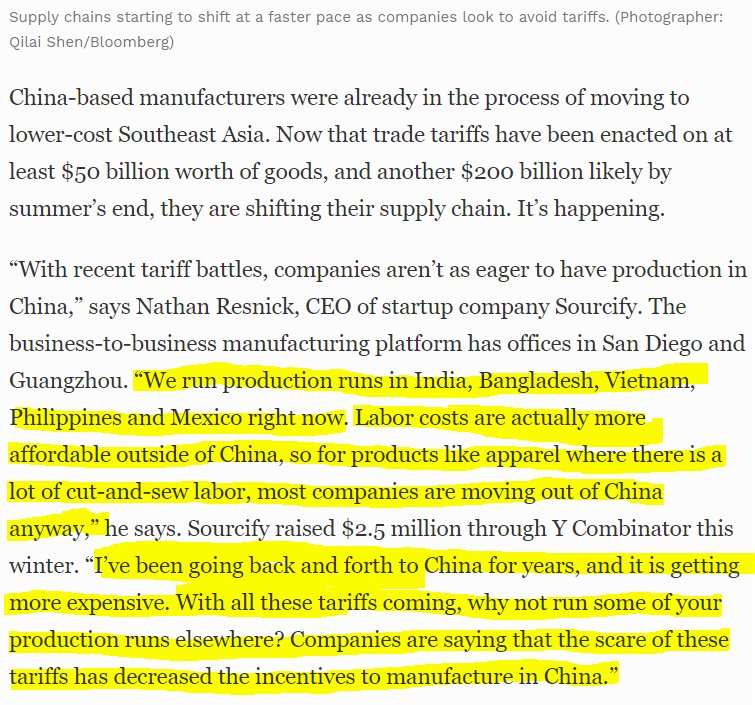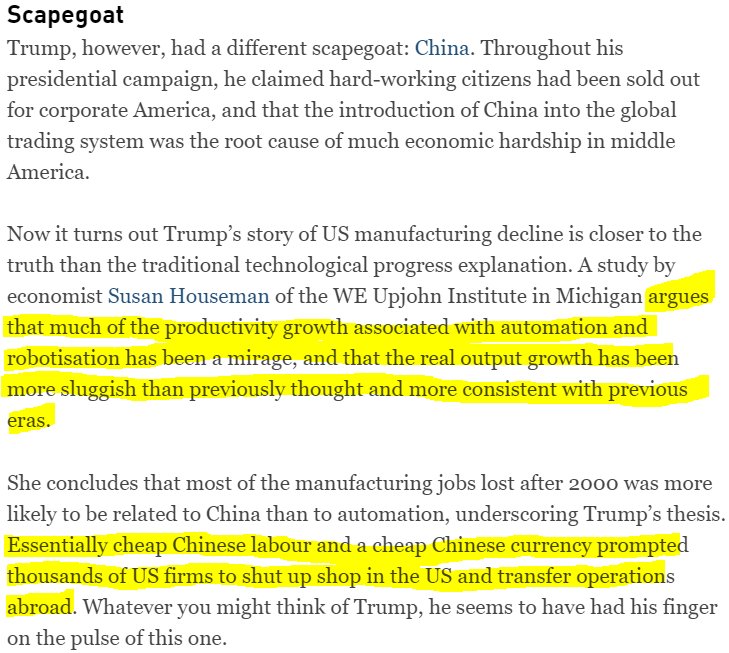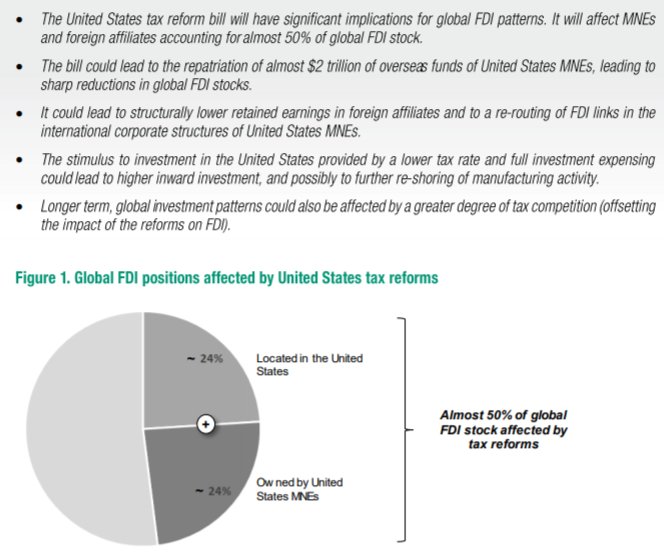The recovery from 2008 has not just been weak, it has rested on deeply unstable foundations: a massive stimulus in China, rising corporate and household debt, and extremely loose monetary policy 1/9
newstatesman.com/politics/econo…
The UK - as host to the Hong Kong Shanghai Bank of China - is particularly exposed. 2/9
Over the long term this can only lead to the break up of the currency bloc. 6/9














